Amazon’s Struggle in the Grocery Retail Sector 2023

Amazon’s Struggle in the Grocery Retail Sector 2023
One of the most well-known online retailers in the nation, Amazon, is attempting to reduce its reliance on investee business More Retail to fulfil grocery purchases for customers.
The move comes as the two organizations develop separate strategies to lead their distinct supermarket businesses across the nation. For instance, Amazon is collaborating with regional merchants as it expands its Amazon Fresh food business to more than 60 locations. For its nationwide grocery business, it also has over 25 dedicated fulfilment sites of its own in 10 states.
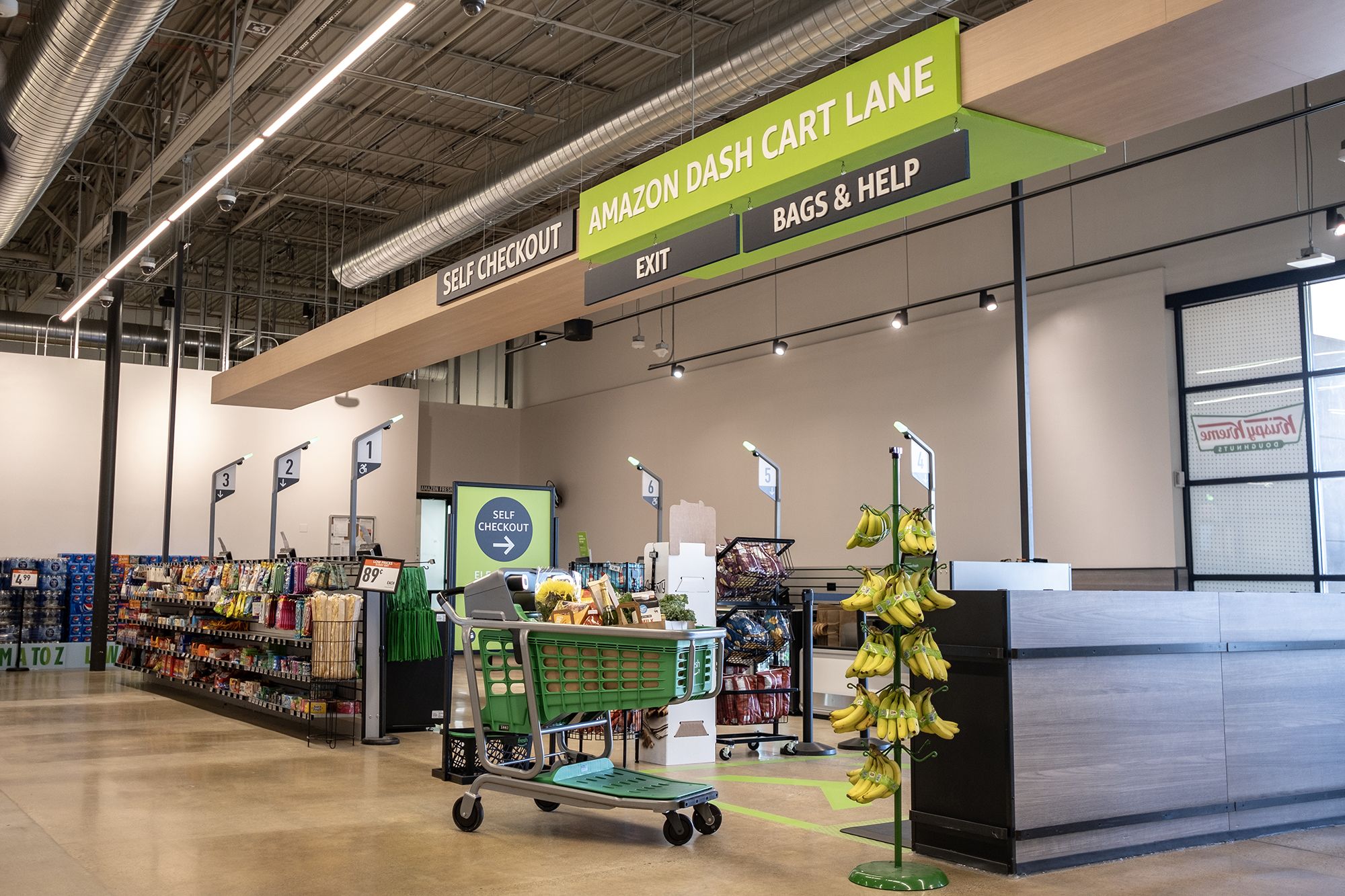
For its part, More Retail recently released its own app in an effort to bolster its e-commerce activities. This will lessen its reliance on Amazon, which supplied it with online orders as part of its wider omnichannel effort, according to individuals in the know. Samara Capital owns a 51% investment in More Retail’s parent company Witzig Advisory Services, while Amazon holds a 49% stake.
The two purchased the interests from the Aditya Birla group, the chain’s former owner, in 2019 for Rs 4,200 crore. In its network, More has approximately 900 locations, including supermarkets and hypermarkets. More Retail executives could not be reached for comment right away.
An Amazon spokesman stated in answer to a question on the company’s food operations in India that Amazon Fresh was dedicated to giving customers the greatest grocery shopping experience possible. The spokesman remained silent on More and its plans.

Customers profit from the broadest assortment of goods offered by Amazon Fresh vendors at amazing prices, as well as flexible delivery times. The Amazon representative added, “We are investing in a variety of areas where we can benefit our consumers and will keep working with the regional ecosystem to support small companies and partners.
Retail experts, however, assert that the decision to go in two directions is somewhat related to the principal owners’ bigger aim to float More Retail on the bourses. According to previous media reports, Amazon-Samara is in talks with investment bankers about launching More Retail’s initial public offering within the next year. Prior to that, the group may consider a private investment round that would require a 20% equity capital dilution of the firm.
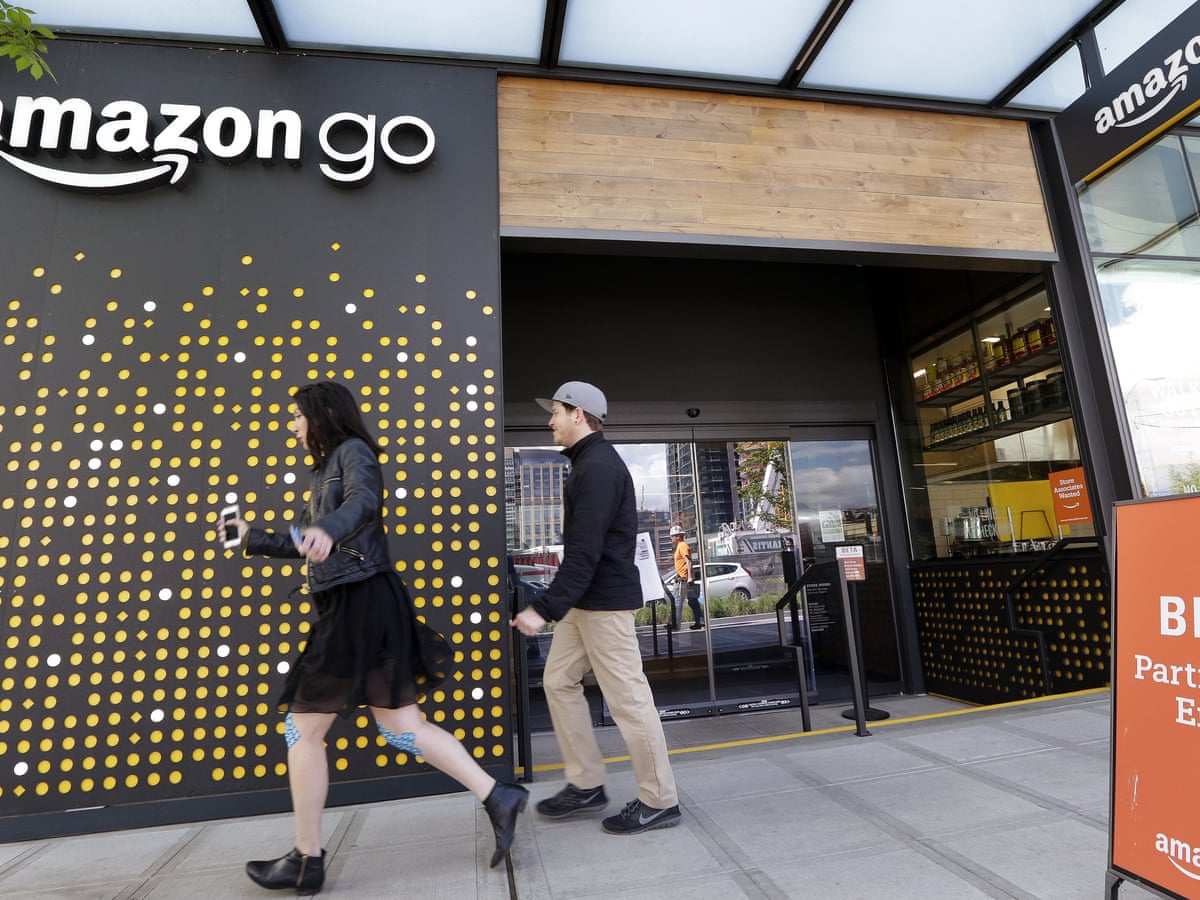
More Retail’s FY23 financial results have not yet been made public. However, according to statistics from Tofler, the company’s sales for FY22 only increased slowly, by only 1.74%, from Rs 4,844.44 crore to Rs 4929.11 crore. In contrast, losses more than quadrupled to Rs 474 crore in FY22 from Rs 104 crore recorded in FY21.
On the other side, Amazon Retail has also seen its losses grow over the past several years. The corporation did not release any FY23 data. However, according to regulatory filings, sales increased by about 8% in FY22 to Rs 1,710 crore from Rs 1,585 crore reported in FY21. Conversely, losses increased 22% to Rs 794 crore from Rs 650 crore as stated.
Since its inception in 1994, Amazon has grown from an online bookstore to a retail juggernaut, disrupting multiple industries in its path. From electronics to fashion, and from cloud computing to entertainment, Amazon has expanded its horizon significantly. However, one sector that seems to have baffled the e-commerce giant is grocery retail. Despite efforts like the acquisition of Whole Foods in 2017 and launching Amazon Fresh, Amazon has found the grocery market to be a tough nut to crack.
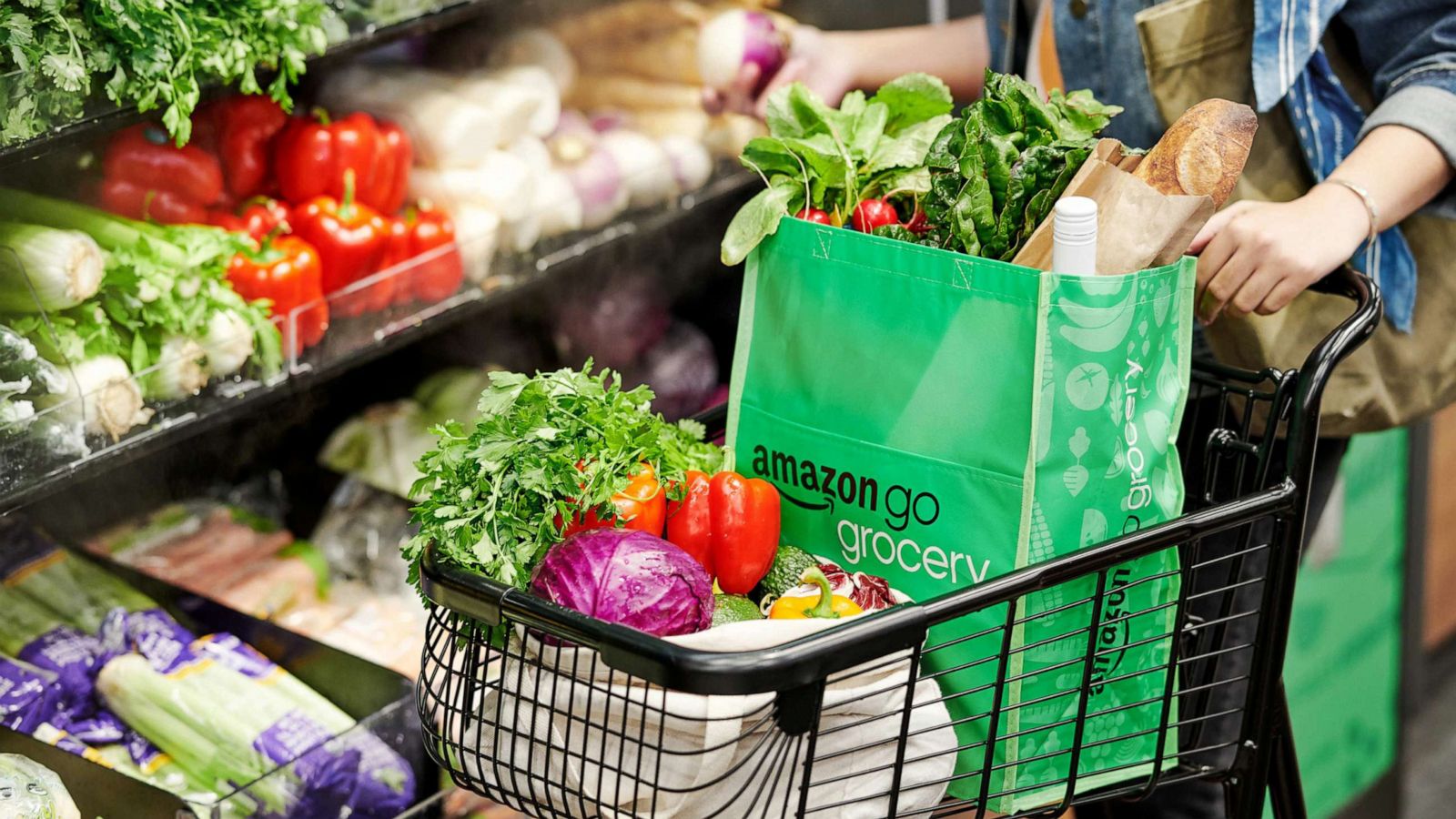
The grocery sector is one of the most appealing targets for any retail company. It’s a staple need for every household, which makes it somewhat recession-proof, and the market size is astronomical. According to Statista, the global retail sales for food and grocery are expected to exceed $12 trillion by 2023. With its logistical prowess, data analytics, and customer-centric approach, Amazon initially appeared well-positioned to conquer this space.
The company made significant strides in the grocery business through different avenues:
- Amazon Fresh: Launched in 2007, this service promised grocery delivery right to your doorstep.
- Whole Foods Acquisition: In 2017, Amazon acquired Whole Foods Market for $13.7 billion, signaling a serious intent to dominate the grocery sector.
- Amazon Go: With its cashier-less stores, Amazon aimed to revolutionize the in-store experience.
Groceries are not books or gadgets. People have different ways they want to shop for them. Many consumers still prefer the sensory experience of picking their produce or walking down aisles to discover new products. Even amidst the pandemic, many customers opted for a hybrid model, combining online shopping with in-store visits, something Amazon’s online-first model struggled with.
Amazon’s Whole Foods, often jokingly referred to as “Whole Paycheck,” caters to a specific, higher-income demographic. While Amazon did attempt to lower prices, it was not enough to attract the vast, budget-conscious market.
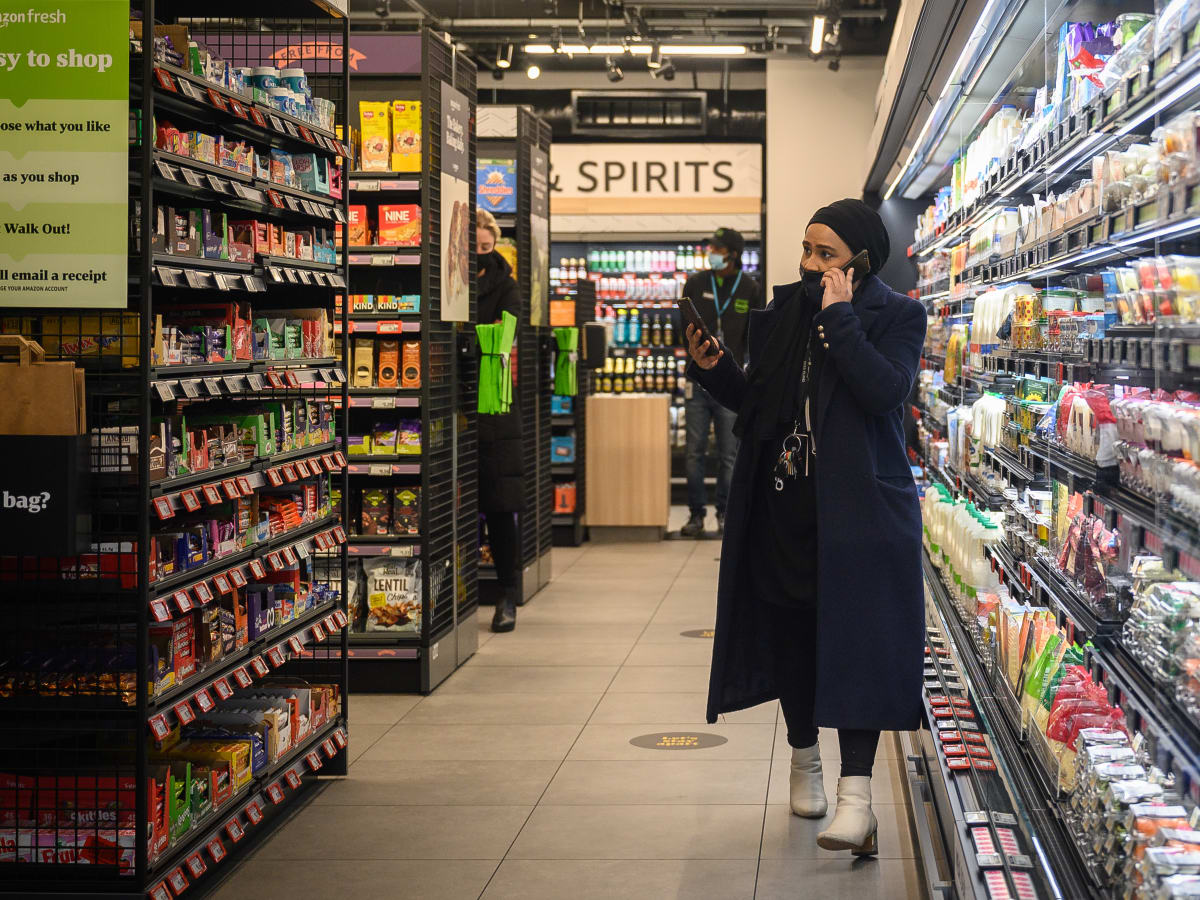
The logistical challenges of grocery retail — such as the storage and transportation of perishable goods — are significantly different from those of other consumer goods. Amazon’s highly efficient logistics network, designed for non-perishable goods, encountered unexpected challenges here.
Unlike other sectors, the grocery market has well-entrenched players like Walmart, Kroger, and Target, who have their distribution networks and customer loyalty. Moreover, these companies also moved swiftly to digitize their operations, offering pick-up and delivery services.
Amazon is far from giving up. It’s pivoting its strategy by opening up more physical Amazon Fresh stores that offer a blend of in-store and online shopping, complete with high-tech solutions like “Dash Carts” that make shopping faster. However, whether this pivot will be enough to overcome the initial setbacks remains to be seen.
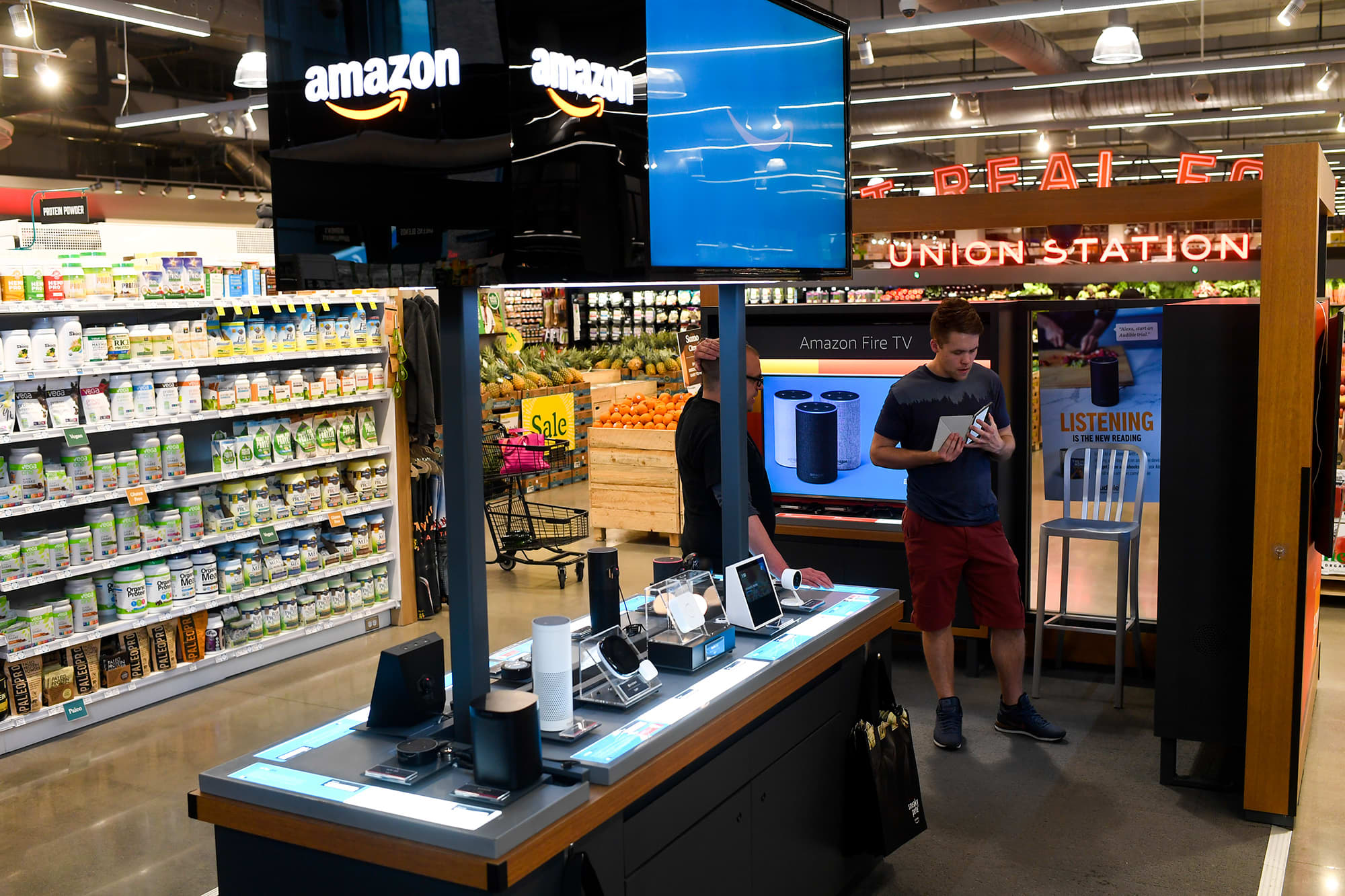
Amazon’s journey in the grocery retail sector serves as a fascinating case study in how even the most disruptive companies can struggle in sectors with deeply entrenched consumer habits and logistical complexities.
While Amazon has the resources and capabilities to iterate and potentially revolutionize this market eventually, the story so far serves as a cautionary tale. In the ever-complex world of retail, sometimes ‘more’ can indeed become ‘less.’




